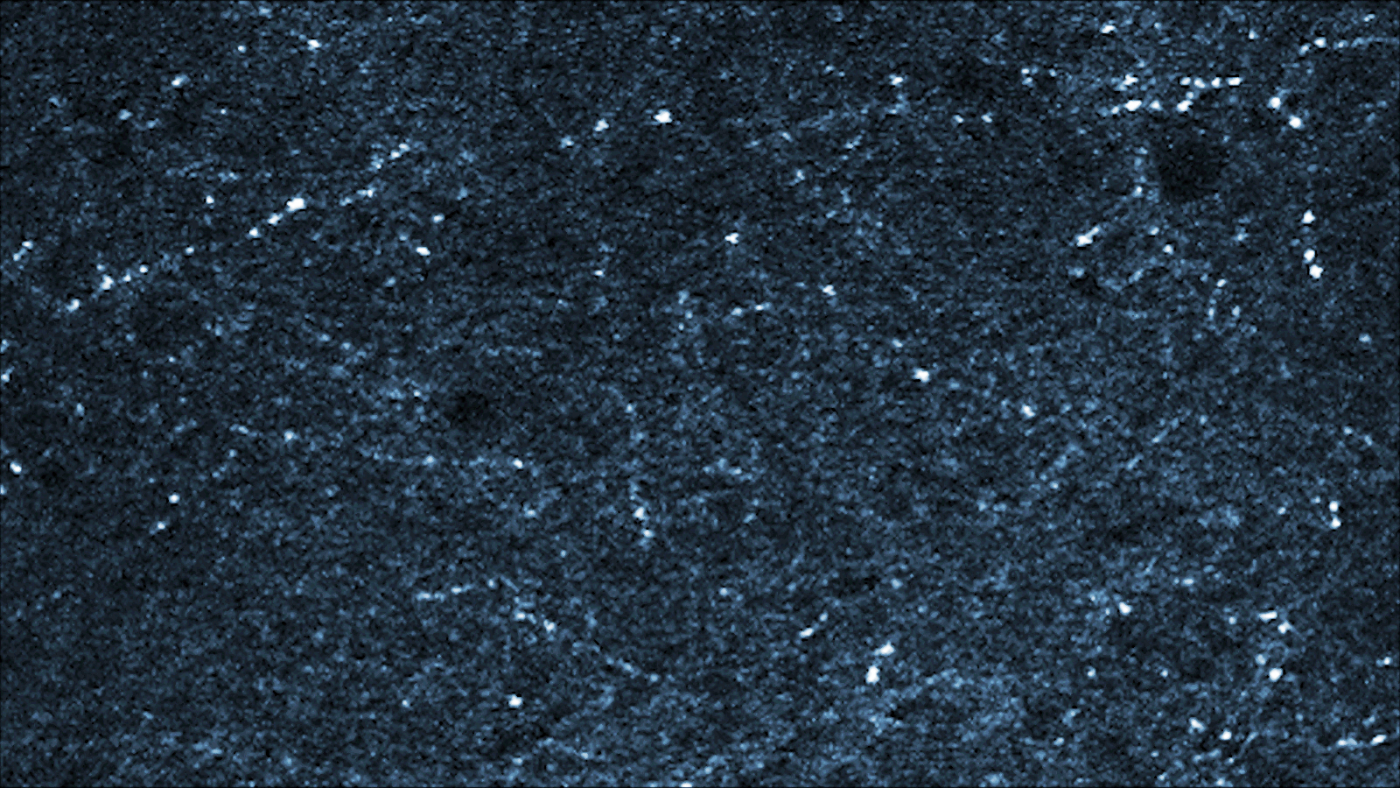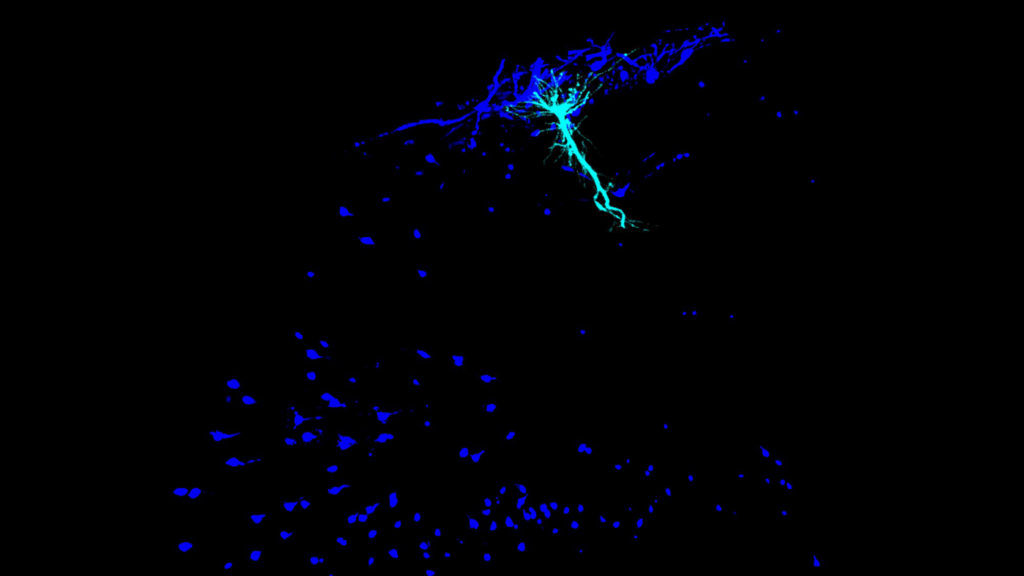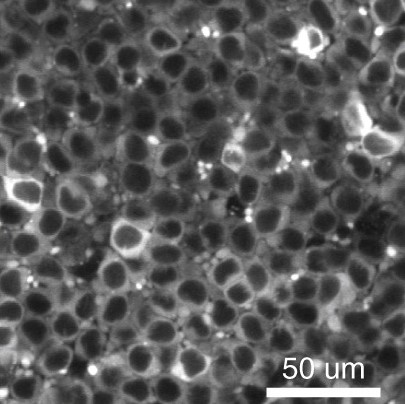LOSONCZY LAB
About us
Our lab is part of the Mortimer Zuckerman Mind Brain and Behavior Institute, the Department of Neuroscience, and the Kavli Institute for Brain Science at Columbia University.
We investigate the neural dynamics underlying learning and memory in the mouse hippocampus as a model system.
Open Positions
Featured Publications

Axonal activity in CA3 pyramidal neurons (Credit: Satoshi Terada / Losonczy lab / Columbia’s Zuckerman Institute)
Adaptive stimulus selection for consolidation in the hippocampus
In a feature-rich environment, only a subset of stimuli may predict a desired outcome. We found that axonal projections formed sequential assemblies that conjunctively link sensory features to spatial location and thus reward proximity, but axons encoding uninformative, peripatetic sensory cues were notably suppressed during memory replay. Thus, while the hippocampus encodes the real-time sensory environment, it implements a flexible filtering mechanism to maximize the utility of memories destined for long-term storage
Nature, 2021
Local circuit amplification of spatial selectivity in the hippocampus
We developed an in vivo electroporation method for monosynaptic retrograde tracing and optogenetics manipulation at single-cell resolution to interrogate the dynamic interaction of place cells with their microcircuitry during navigation. We found a local circuit mechanism in CA1 whereby the spatial tuning of an individual place cell can propagate to a functionally recurrent subnetwork to which it belongs.
Nature, 2021

A place cell (cyan) and its local circuit of interneurons (dark blue) in a mouse hippocampus (Geiller 2021)

In vivo imaging with two-photon field of view in dorsal CA1 hippocampus
(Ahmed, Priestley et al. 2020)
Hippocampal Network Reorganization Underlies the Formation of a Temporal Association
Two-photon calcium imaging of neural population dynamics during trace fear conditioning show that learning is associated with broad changes in the active neural population. We suggest that trace fear conditioning relies on mechanisms that differ from persistent activity accounts of working memory.
Neuron, 2020